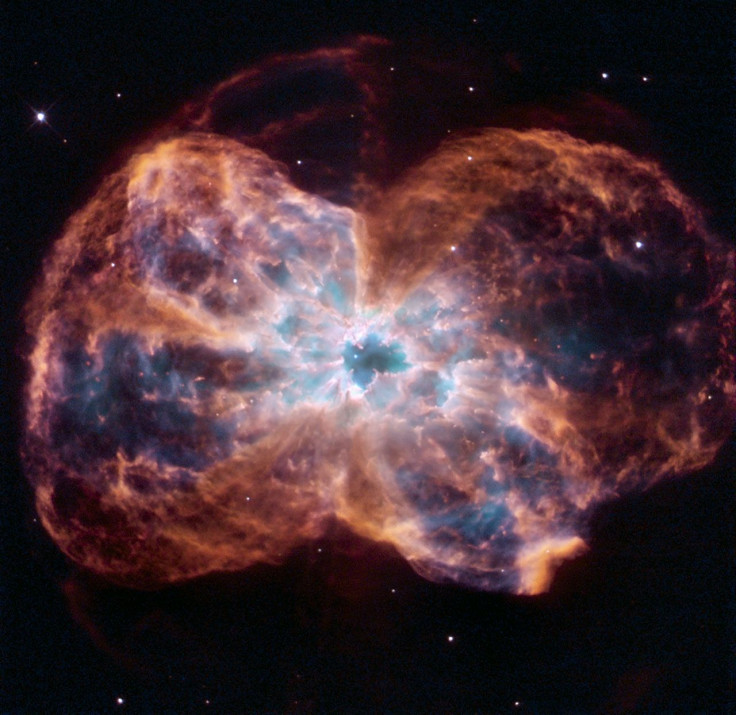Hubble Spies NGC 2440: The ‘Last Hurrah’ Of A Distant Sun-Like Star

A star’s demise is always a spectacular event, and thanks to the Hubble Space Telescope, we have, for the past several years, been able to study several of these in unprecedented detail. On Friday, NASA released another such image captured by the telescope — a planetary nebula named NGC 2440 located roughly 4,000 light-years from Earth in the direction of the constellation Puppis.
Despite its name, a planetary nebula has nothing to do with planets. It is, as NASA said in a statement accompanying the image, the “last hurrah” of a dying star.
“The star is ending its life by casting off its outer layers of gas, which formed a cocoon around the star’s remaining core. Ultraviolet light from the dying star makes the material glow. The burned-out star, called a white dwarf, is the white dot in the centre,” NASA explained in the statement.
The nebula’s structure suggests that the star, now a white dwarf, shed its mass “episodically,” expelling material in different directions during each outburst. This, the space agency said, is evident from its two bowtie-shaped lobes.
“The material expelled by the star glows with different colors depending on its composition, its density and how close it is to the hot central star,” NASA said. “Blue samples helium; blue-green oxygen, and red nitrogen and hydrogen.”
This is the fate that awaits our star. Approximately 5 billion years from now, when it begins to run out of fuel and casts off its outer layers of gas, the sun will briefly be surrounded by a colorful envelope of gas that will eventually seep away into the vast void of the cosmos.
So why are these structures called "planetary" nebulae if no planets are involved in their creation? The misleading name was coined by the 18th century astronomer William Herschel, who, having just discovered Uranus, thought the objects resembled gas giants. We continue to use the misnomer out of convenience.
© Copyright IBTimes 2024. All rights reserved.





















